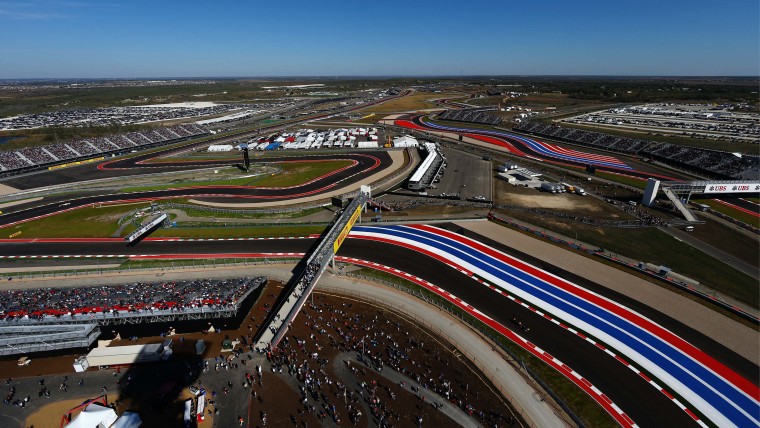Formula 1 is often dubbed “the pinnacle of motorsport”, but in the United States that moniker is a point of contention.
It is perhaps unsurprising that F1 has struggled to make a splash across the pond as the US market is dominated by the two leading local championships, NASCAR and IndyCar.
Over the past 50 years, F1 has made frequent attempts to break into America with races in Indianapolis, Dallas, Detroit and even the car park of Caesars Palace in Las Vegas. However, following the cancellation of the United States Grand Prix in 2007, America’s F1 dream looked dead and buried.
Eight years later, the landscape is very different. Returning at the purpose-built Circuit of the Americas (COTA) in Austin, the capital of Texas, the US Grand Prix is enjoying a new lease of life. Its comeback was rarely taken seriously when plans were first formulated in 2010, two years before its maiden race.
“It was great because it set everyone’s expectations really low,” says COTA’s chairman Bobby Epstein. “It was an easy hurdle to overcome. We never doubted that we would be able to deliver on a better experience than I think people expected.”
A new grand prix is always an expensive project, with funding being difficult to secure. Financial success and security is anything but a given – eight venues have lost races since 2005. However, COTA’s focus on a sustainable, long-term future has already paid dividends.
“If they’re not trying to make a financial return, then they’ll be very happy,” Epstein says wryly of new races. “It’s a tough business. You can make it work and we’re finding ways to make it work by doing year-round programming, but you’re not going to make it on a Formula 1 race.”
The US Grand Prix has generated more than $1billion in economic impact for Austin
This is where COTA has flourished. The track hosts other leading racing events, such as motorcycle series MotoGP and the World Endurance Championship. It even boasts an amphitheatre with a capacity of 14,000 people. COTA’s multi-purpose nature has made it successful in its relatively short life, and it was always part of the plan for making a profitable business and facility.
“The amphitheatre, for example, wasn’t an afterthought,” Epstein explains. “It wasn’t ‘what else are we going to do here?’ It really was ‘how do we make it world class?’”

The Circuit of the Americas (COTA) in Austin, Texas, was purpose built for Formula 1
The undulating track itself has won widespread praise from drivers and fans alike. Last year alone, a total of 237,406 spectators visited the US Grand Prix and this has a huge impact on the local economy. “It’s not the guys who operate the circuit that benefit, it’s the people who live there,” says Epstein. “If you ask if this race is a great success for the waiter, or the guy that drives a taxi, or the caterer – you look right down to those people, they’ll tell you it’s a great, successful event.”
Testimony to this, the US Grand Prix has generated more than $1billion in economic impact for Austin, according to data from COTA. There are seven races remaining on its contract and F1 has a lot riding on it. “If this one doesn’t work,” Epstein says, “I don’t think the sport ever will in the US.”
With its diversified business model, COTA appears to be the breakthrough that F1 has craved in its perennially problem market. At long last it may be on track for sustained success.

